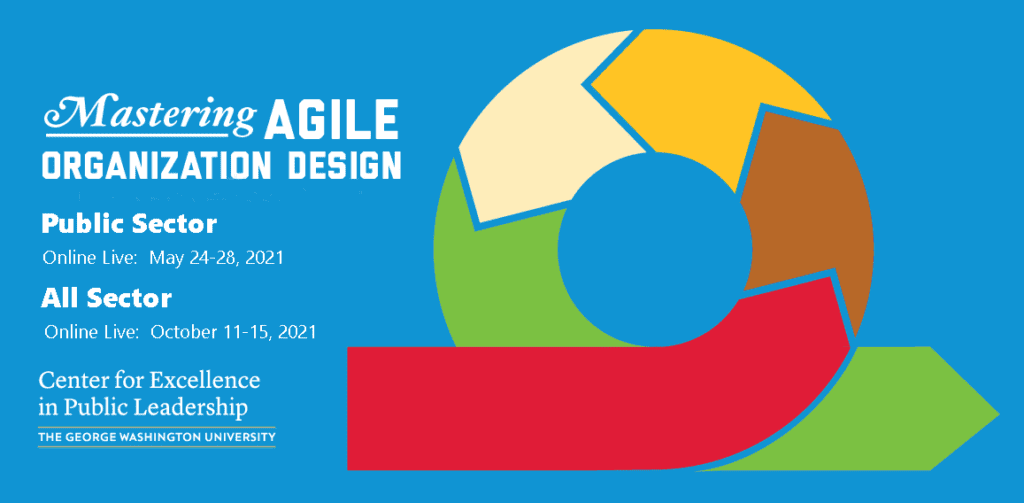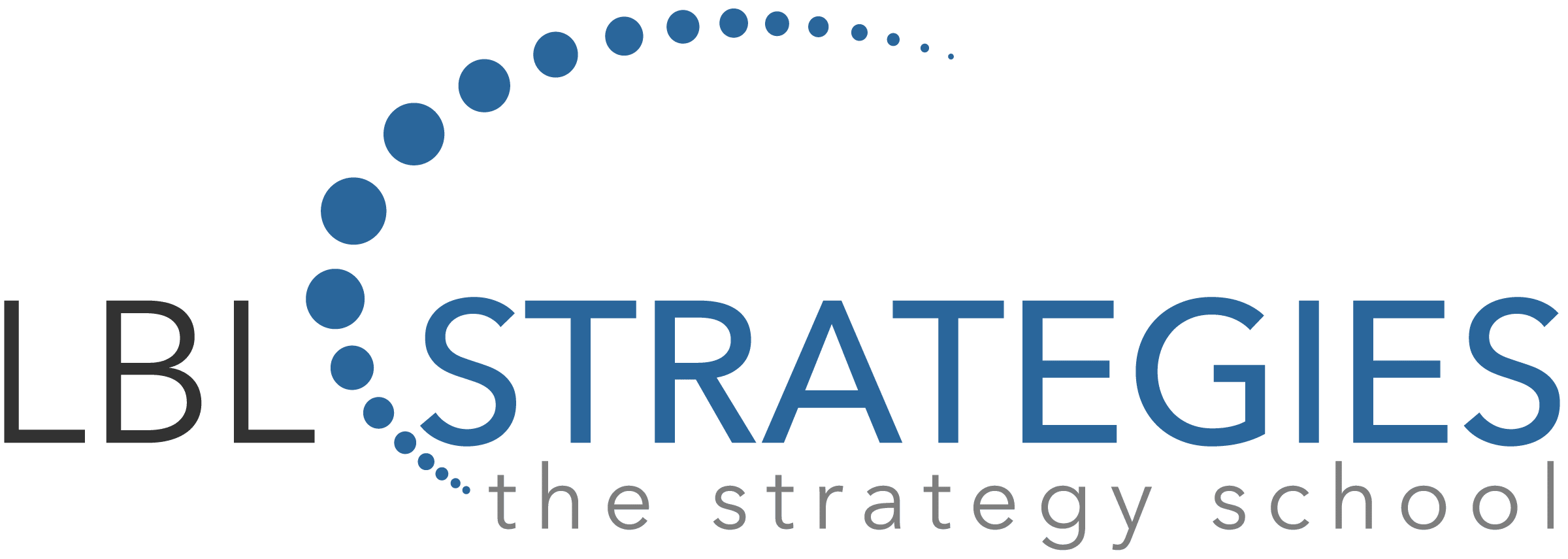Background
For the first decade of this century, Washington DC was a hotbed of government innovation, heavily influenced by almost a decade of “Reinventing Government” at the Federal level. Emerging from bankruptcy with a new vision developed by thousands of residents, DC was committed to reforming its reputation as America’s “Crime Capital” to becoming its “Paris”. The Technology office took a lead role modernizing government using new technology in tandem with innovative organization design approaches. The objective was to eliminate corruption, deliver effective services and build state-level capability in anticipation of statehood. This blog on the fifth stage of Agile Organization Design; Resolve, covers the other 4 stages to illustrate how the five stages can build on each other.
The 5 Stage Journey
Stage 1 Sensing: The Technology Office collaborated on two groundbreaking channels for Sensing – district-wide and agency specific: The first was “Citizen Summits” used technology to scale dialogue and public engagement with up to 3000 residents in one day summits. These provided direct customer input about government services at all levels. “Taxation Without Representation” on license plates emerged here. The second was an analytical agency accountability system pilot called “DCStat” modeled after Baltimore’s successful “CitiStat”.
Stage 2 Mobilize: The new director of a regulatory agency which had a long record of poor service, volunteered to be first up for DCStat. His department was responsible for regulating construction in an era where building cranes dotted the Capital skyline in greater numbers than any US city. He gambled that if transparent data analytics revealed what he intuited, he could gain the support needed to overcome passive-aggressive resistance to change. He was right. The sessions identified over $6 million in uncollected revenues and a list of actions for greater customer focus and rigorous accountability. He quickly convened an all-employee conference (Axelrod’s Conference Model of Change) for Stage 2 Mobilization. And then a colossal mistake happened.
Disruption: The headline in the Washington Post read: “Agency Demolishes the Wrong Building”. The director knew this could sink his fledgling administration. However, he reframed this crisis into an opportunity to test the accountability of the leadership team he inherited, and who had thwarted previous attempts at major reform. He convened a one-hour meeting after the story broke and handed each leader a copy of the newspaper and said now let’s draft the response to the Mayor. One by one he went around the table. Sadly, no one took responsibility for the demolition. They blamed stakeholders, subordinates and the unions. That response gave the Director the evidence he needed to take accountability for organization design from the leadership team. The next day he hand-selected high potential and customer-oriented staff from each department to form a design team with the task of retooling the agency. This sent an intentional and clear message to the organization about what leadership would look like in the future.
Frame Stage: Design team members worked with their lines-of-business to address the mandates from the DCStat sessions, a diagnosis from the Mobilize Stage, and customer feedback to create options for the new organization. They planned and facilitated a Frame Conference to create a high-level operating model. A cross section of employees and stakeholders then fine-tuned a business model for the agency that supported both the mandates of DCStat and the principles of the District’s vision “Paris of America”.
Customize Stage: Teams from each line business attended the Customize Conference and hammered out the concrete details of transitioning the daily work to the new business value chain. Specifics about transactions, hand-offs, coordination, and collaboration were decided by those who would be doing the work, including the unions. There were three unexpected outcomes of this stage: (1) It was proposed that the first floor of the building be dedicated to customer facing functions; (2) a satellite permitting office was proposed for Home Depot, and (3) staff wanted an integrated call center. The operating model was adapted for those.
Resolve Stage: The “gold” of this stage was an immediate and seamless “go-live.” Everyone understood what they needed to do in their new roles because the first 4 stages were developed collaboratively and transparently. Additionally, since the start of the Mobilization stage, change had been nurtured through experimentation and pilots. And with intentionality, Design team members had already been filling the new and old leadership positions. Now the Agency’s leaders were committed to what they helped craft which, in turn, ensured follow-through.
In addition, the Resolve Stage was about tying up loose strings. Only one insurmountable issue was left on the table. There was no career ladder for the inspection teams and no possibility of funding until the next budget cycle. Surprisingly, in an unusual act of trust, the Union volunteered to provide the needed salary money for the first year, and that was tangible ‘gold’. One might suggest that trust and collaboration are the real treasure in the final stage of Agile Design.
Outcome: This represents an ideal Resolve stage because the people impacted by the change were involved all along the way in the design. Based on our experience, when leadership teams, design teams, employees, customers and stakeholders are involved in the co-creation of organizations, the Resolve stage is much more seamless than transitional implementation plans.
About the Author
Bill Zybach is a member of the instruction team for the “Mastering Agile Organizational Design Certification” Program. He has a long history of supporting organizational change in local, state and the federal government. During the Bill Clinton administration, he worked on “reinventing government”, which led to a balanced federal budget and increased public confidence in government.
Looking to learn more about Agility and Organization Design?

Offered in association with the George Washington University’s Center for Excellence in Public Leadership, part of the College of Professional Studies, the Mastering Agile Organization Design certification program trains public sector professionals to construct high-performing, agile and responsive organizations. Participants learn how to anticipate and overcome shifting public priorities and unforeseeable obstacles through the practical application of organizational design principles, by strengthening team collaboration and by placing more emphasis on systems thinking, planning and action.
2021 cohorts are scheduled for May (Public Sector) and October (All Sector).
